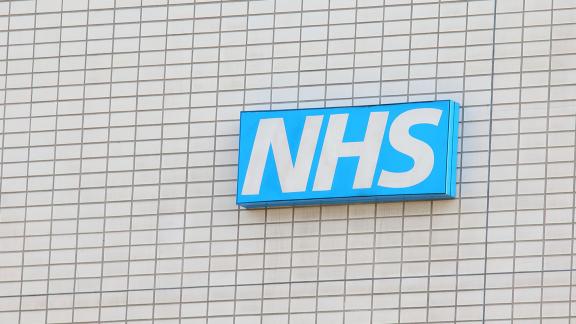Patients facing long waits as pressure mounts on A&Es

- The total waiting list for procedures and appointments fell from 7.61 million in November to 7.6 million in December.
- The number of people waiting more than 18 months rose from 11,168 in November to 13,164 in December while two-year waits were up from 227 to 282.
- The number of people who spent more than 12 hours in A&E from arrival was 177,805 in January, accounting for 12% of all attendances – both record highs.
- Ambulances responded to category two call outs in an average of 40 minutes and six seconds in January, against a thirty-minute target for 2023/24. This is better than last month when it was 45 minutes and 57 secs.
- The average category one response time was eight minutes and 26 seconds last month, compared to eight minutes 44 seconds in December. It was also better than eight minutes and 30 seconds recorded in January 2023.
- The proportion of ambulance handover delays of more than 30 minutes was 31% last week, down from 34% the previous week. Some 12% of ambulance handover delays were longer than an hour, down from 15%
- There was an average of 2,478 patients in hospital with flu each day last week, a new peak and up 11.3 % from 2,226 the previous week.
- Some 13,662 beds each day were filled with patients no longer meeting the criteria to reside in hospital on average last week, up slightly from 13,620 the previous week.
Responding to the latest NHS performance figures and winter situation report Dr Layla McCay, director of policy at the NHS Confederation, said:
“Amid rising winter viruses, cold snaps and industrial action by junior doctors the pressure on the NHS in January was unrelenting. A record number of people were seen in A&E compared to any January since 2011, and despite the best efforts of staff far too many were left waiting too long.
“Long waits in A&E and hospital corridors are not safe and deeply worrying for patients and their families while exhausted staff are left frustrated that they cannot provide the care they would like due to the never-ending need for healthcare.
“The high number of patients still in hospital beds when healthy enough to go home shows that the severe strain runs from hospital front doors right through to the back doors. Bed occupancy is still much too high, with new beds being filled almost as soon as they are opened, while our members are worried that financial pressures in social care are leaving them unable to offer care packages to help move people out of hospital.
“Improvements in ambulance response times and handover delays at A&E are testament to the hard work and planning that has gone into preparing for winter. But it seems the vital work of keeping ambulances on the road has had the knock-on effect of more pressure building up in emergency departments.
“The third consecutive drop in the overall waiting list is also welcome, and testament again to the incredible work of staff. But leaders are under no illusions that these drops are very small compared to the overall numbers waiting for care. The rise in patients waiting more than 18 months and two years is also worrying.
“But the fact that the NHS treated 17.3 million people last year shows that even more could be achieved if the NHS is given the right support to do what it does best.
“Winter is not yet over, flu levels are at a new peak, staff absences are high, and more cold weather could be on the horizon. So there appears to be no light at the end of the tunnel for staff working all hours to keep patients safe.”



